Join the discussion on this paper page.


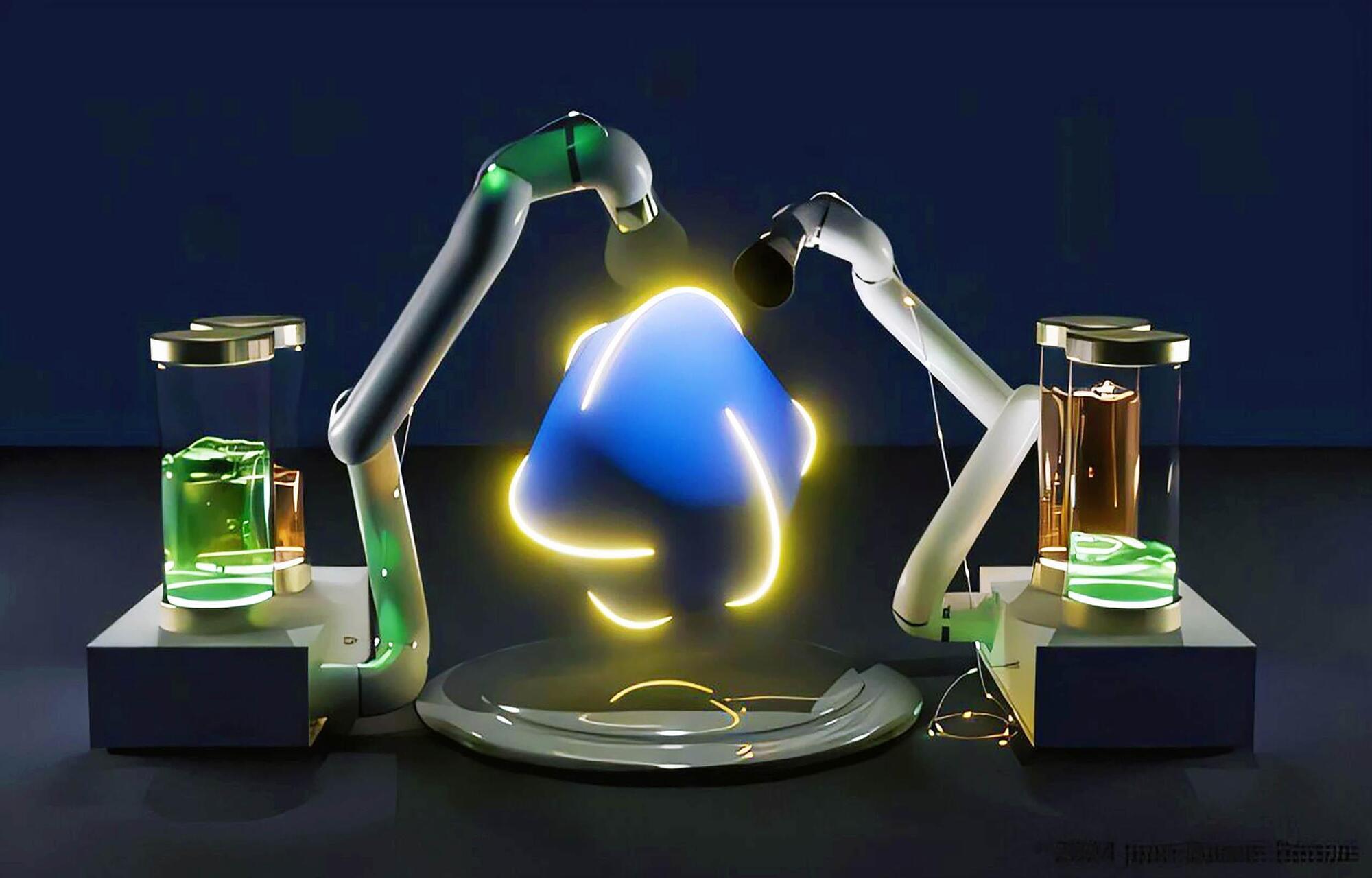
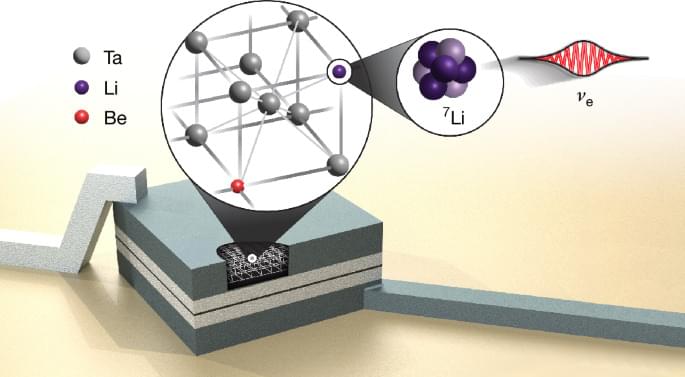

New research from The University of Manchester may reshape our understanding of what happens to the immune system when we fast. The study on mice shows that the brain’s hypothalamus controls how the immune system adapts during fasting, through a handful of highly specialized neurons responsible for making animals hungry.
Published in Science Immunology, the study shows the brain’s perception of hunger or fullness, rather than actual eating or caloric restriction, is enough to drive changes in the body’s immune cells.
The findings cast doubt on the current view that a lack of nutrients alone controls how the immune system responds to fasting, indicating the brain has a critical role, beyond the simple absence of food.
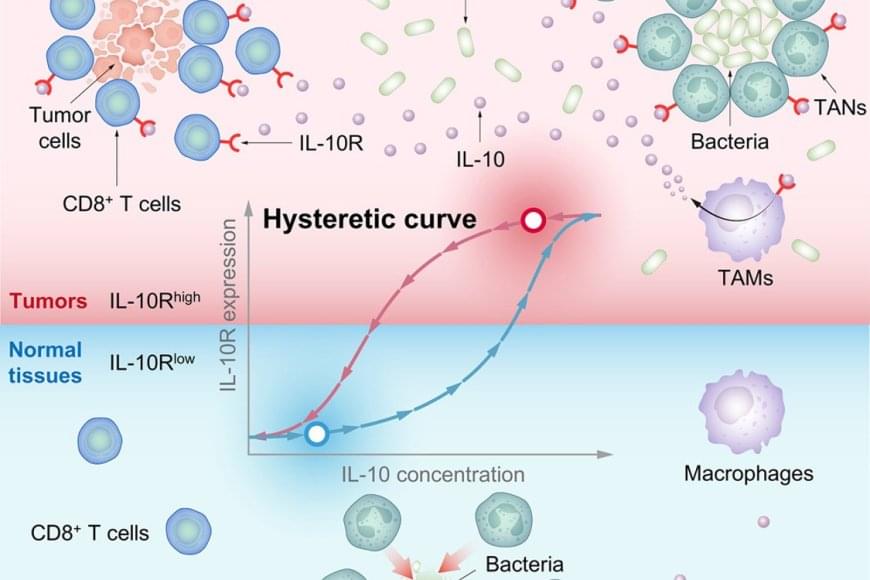
In this study, researchers engineered an attenuated strain, Designer Bacteria 1 (DB1), which efficiently survives and proliferates in tumor tissues while being cleared in normal tissues, achieving a remarkable “tumor-targeting” effect as well as “tumor-clearing” effect.
To understand how DB1 simultaneously achieves these effects, researchers investigated the interactions between the bacteria and tumors. They discovered that DB1’s antitumor efficacy is closely linked to tissue-resident memory (TRM) CD8+ T cells within the tumor, which are reinvigorated and expanded following DB1 therapy. Interleukin-10 (IL-10) plays a crucial role in mediating this effect, with efficacy depending on the high expression of interleukin-10 receptor (IL-10R) on CD8+ TRM cells.
To investigate the molecular mechanisms underlying the high expression of IL-10R on CD8+ TRM cells, researchers conducted a series of computational and quantitative experiments. They found that IL-10 binds to IL-10R on CD8+ TRM cells, activating the STAT3 protein and further promoting IL-10R expression. This established a positive feedback loop, enabling cells to bind more IL-10 and creating a nonlinear hysteretic effect, whereby CD8+ TRM cells “memorize” previous IL-10 stimulation during tumorigenesis. The high expression of IL-10R on CD8+ TRM cells was exploited by a bacteria-induced IL-10 surge, which activated and expanded CD8+ TRM cells to clear tumor cells.
To examine the source of IL-10 within the tumor microenvironment (TME) after bacterial therapy, researchers found that tumor-associated macrophages (TAMs) upregulate IL-10 expression following DB1 stimulation via the Toll-like Receptor 4 (TLR4) signaling pathway. Interestingly, IL-10 reduced the migration speed of tumor-associated neutrophils (TANs), aiding DB1 in evading rapid clearance. These processes depended on high IL-10R expression in tumor-associated immune cells, highlighting the critical role of IL-10R hysteresis.
A research team elucidated the mechanism behind bacterial cancer therapy using a genetically engineered bacterial strain. Their findings were published in Cell.
Exploring the use of antitumor bacteria in cancer therapy dates back to the 1860s. Despite this long history, however, clinical application of bacterial-based cancer therapy has faced significant challenges in terms of safety and efficacy.
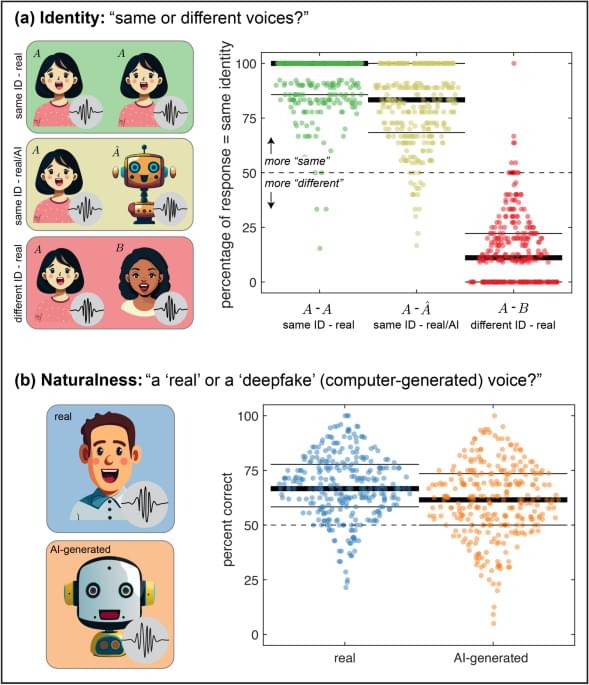
Barrington, S., Cooper, E.A. & Farid, H. People are poorly equipped to detect AI-powered voice clones. Sci Rep 15, 11,004 (2025). https://doi.org/10.1038/s41598-025-94170-3
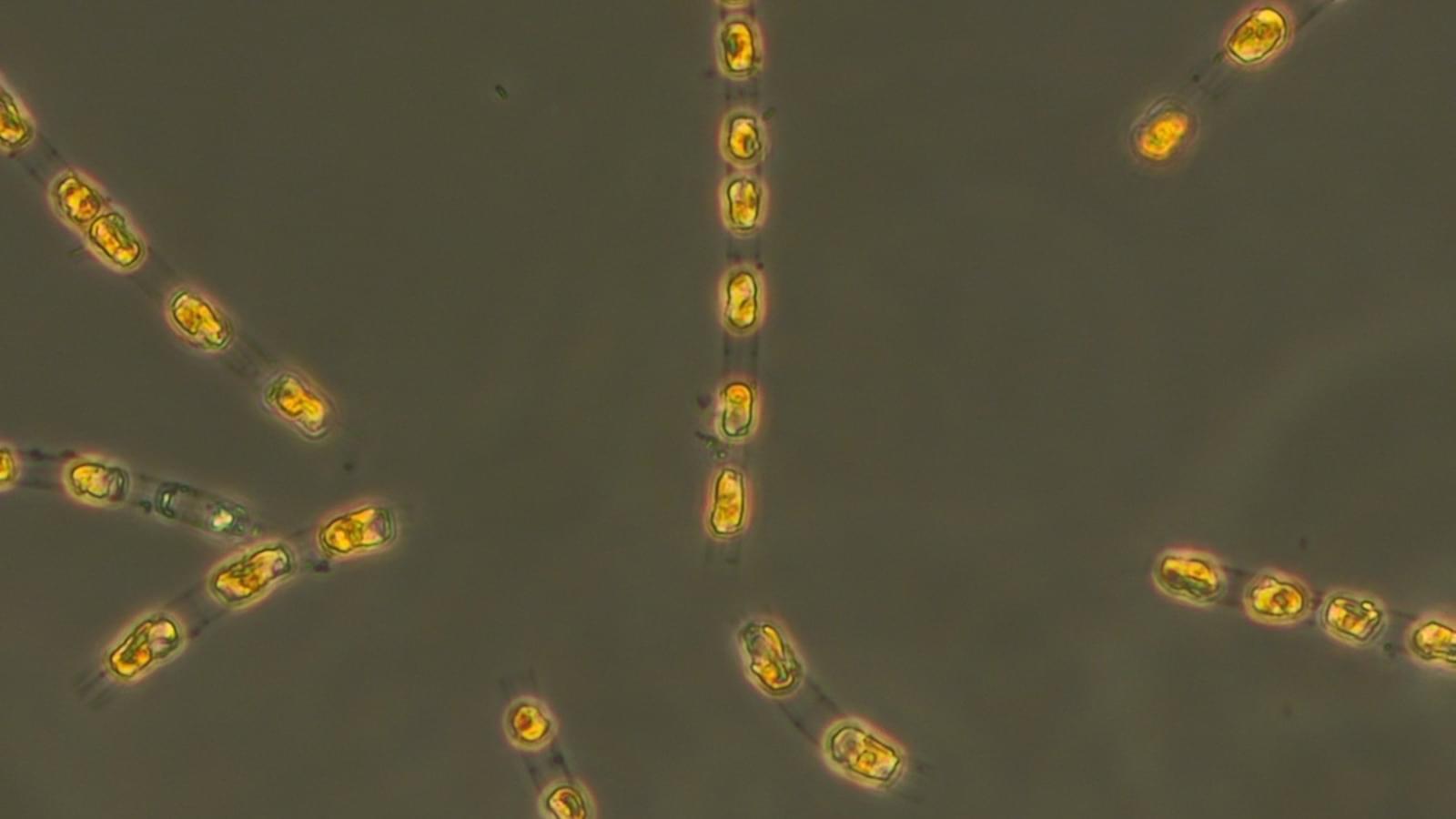

Researchers have announced a groundbreaking experiment that simulated a traversable wormhole using a quantum computer. While no physical rupture in space-time was created, the study offers a significant step toward understanding Einstein-Rosen bridges, theoretical constructs first described by Albert Einstein and Nathan Rosen. Published in the journal Nature, the findings represent a promising avenue for probing quantum gravity experimentally.
A Glimpse of Wormhole Dynamics
The experiment, conducted on Google’s Sycamore quantum processor, involved simulating two minuscule black holes connected by a tunnel-like space-time structure. A quantum message was transmitted between these points, and researchers observed behaviors consistent with wormhole-like dynamics. Study co-author Joseph Lykken, a physicist at Fermilab, remarked, “It looks like a duck, walks like a duck, and quacks like a duck,” indicating the simulation closely mimicked a theoretical wormhole.

There are an estimated 20 quintillion stars in the observable universe, but sand grains on Earth might outnumber them. Here is some key information for you to watch before deciding to read the whole article. Thanks for visiting us!
Stars vs. Sand: The Numbers Game
The popular saying that there are more stars in the universe than grains of sand on Earth’s beaches, famously popularized by Carl Sagan, has always been difficult to grasp. When you consider the vast number of sand grains on just one beach, let alone the entire planet, it seems impossible that stars could outnumber them. However, despite its popularity, this claim might not hold up under scrutiny. Let’s explore this cosmic comparison using rough estimates.
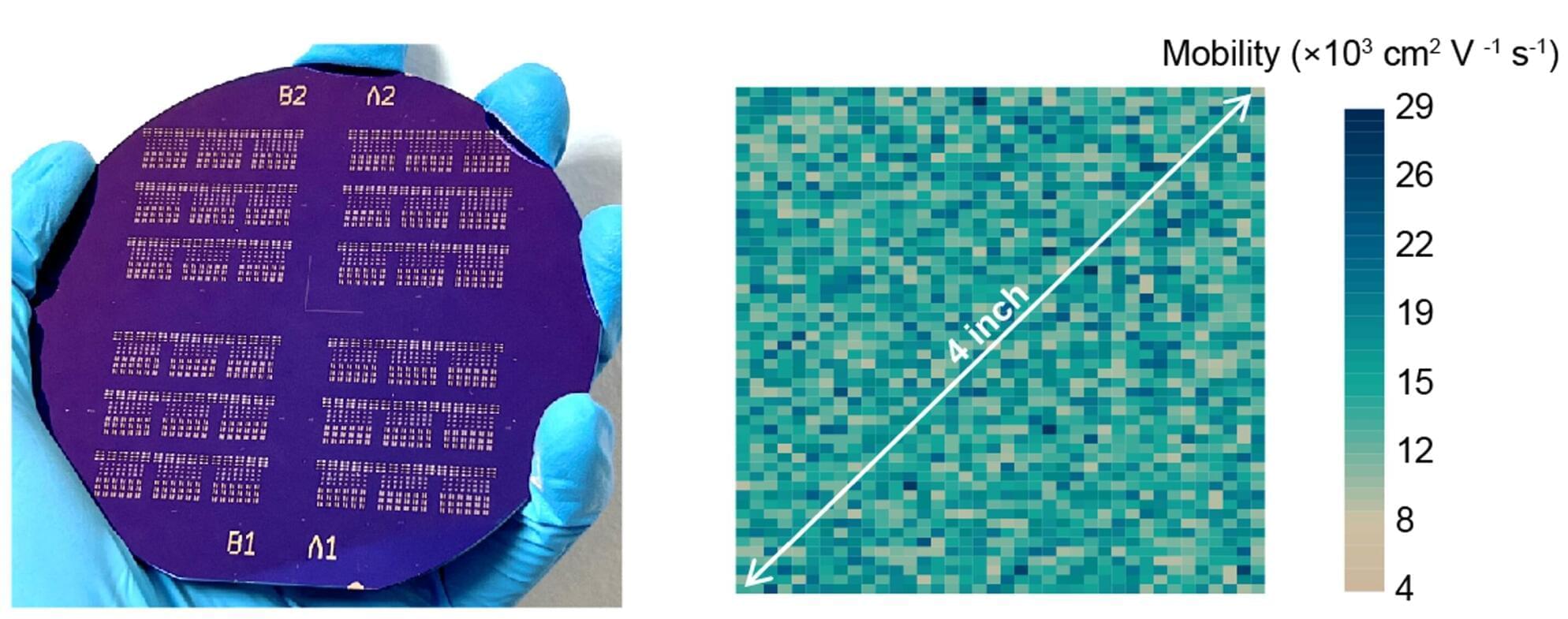
Two-dimensional (2D) semiconductor materials could enable the development of smaller yet highly performing electronic components, thus contributing to the advancement of a variety of devices. While significant strides have been made in the synthesis of 2D semiconductors with advanced electronic properties, their clean transfer onto substrates and reliable integration in real devices has so far proved challenging.
Researchers at Peking University, the Beijing Graphene Institute and other institutes in China have recently developed a new method to integrate 2D semiconductors with dielectric materials, which are insulating materials that help control the flow of electric charge in devices. Their approach, outlined in a paper published in Nature Electronics, entails the epitaxial growth of an ultra-thin dielectric film on a graphene-covered copper surface, which subsequently enables its transfer onto various substrates with minimal defects.
“The paper emerged from recognizing persistent challenges in integrating two-dimensional materials—such as graphene—into microelectronic devices,” Zhongfan Liu, Li Lin, and Yanfeng Zhang, corresponding authors of the paper, told Tech Xplore.